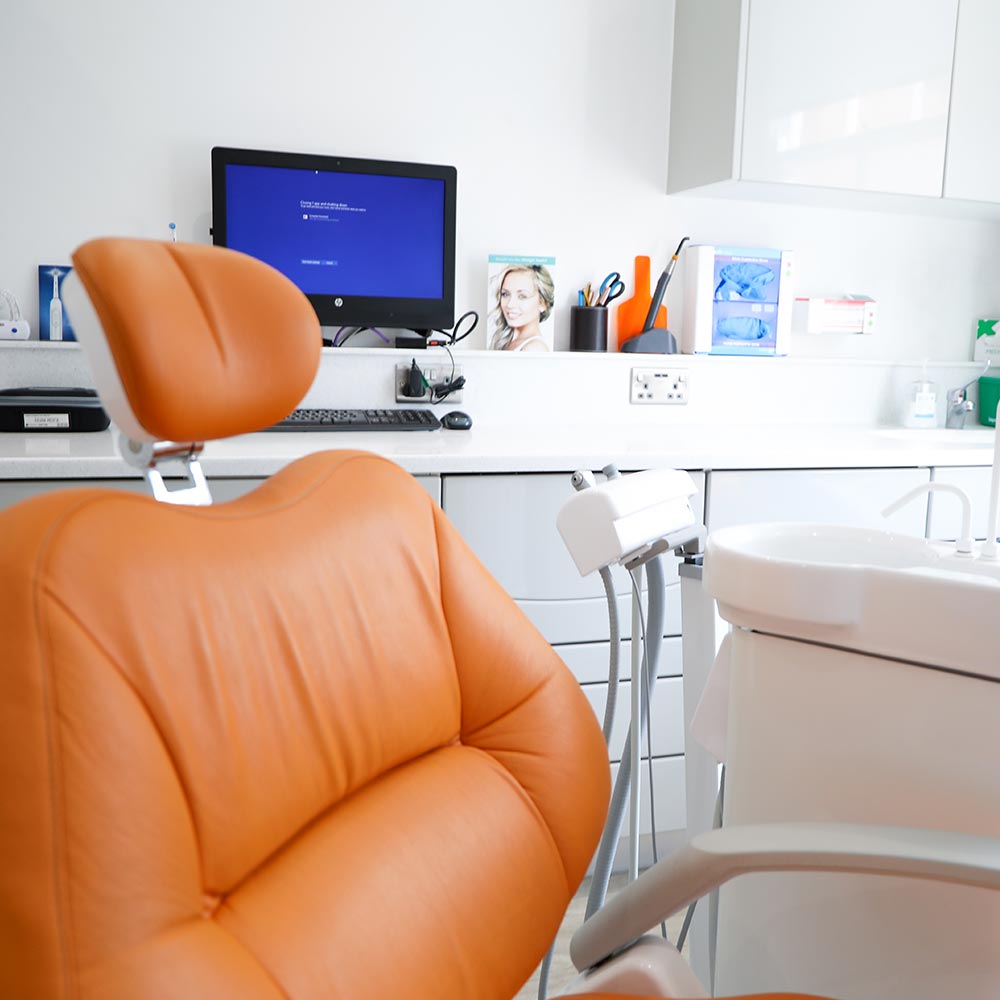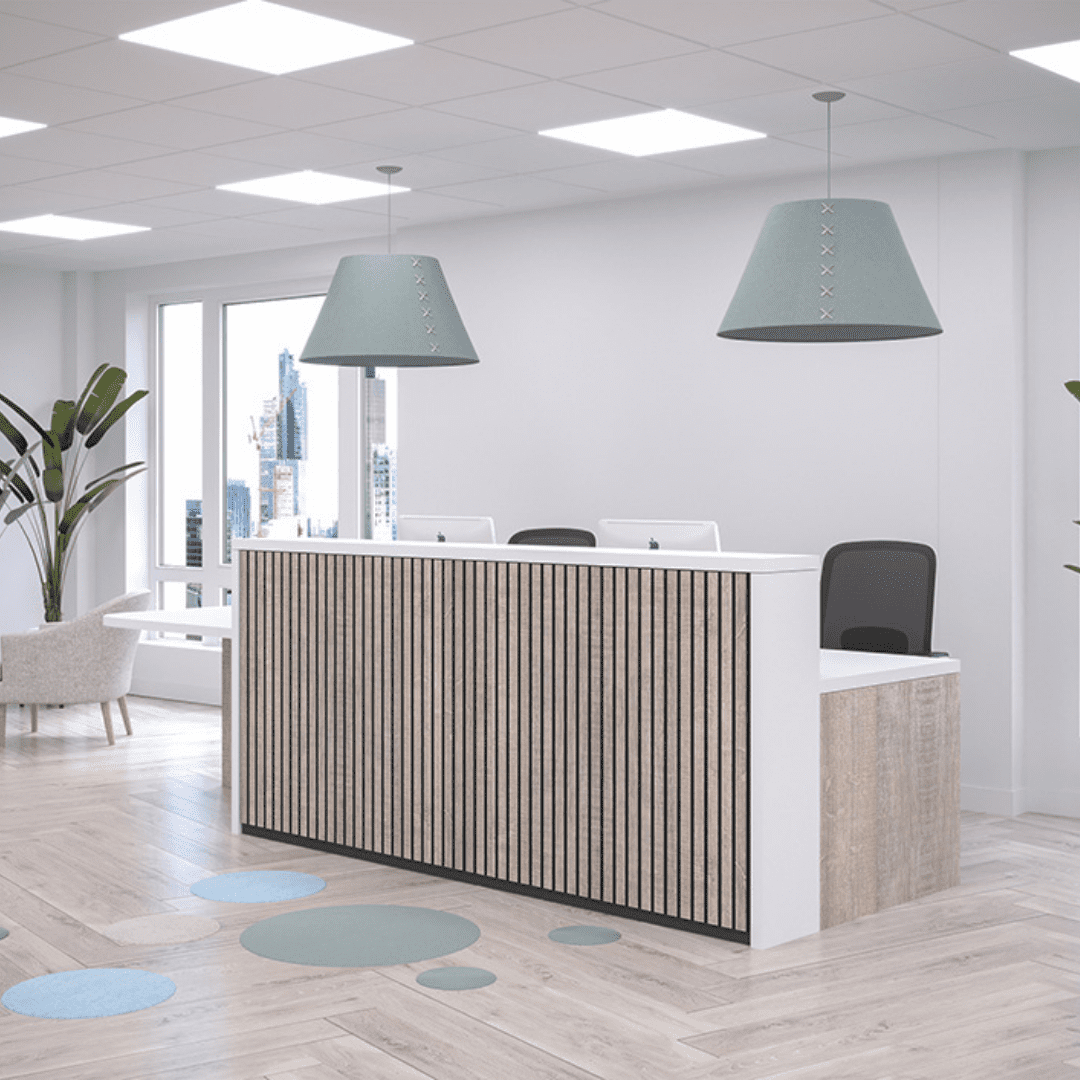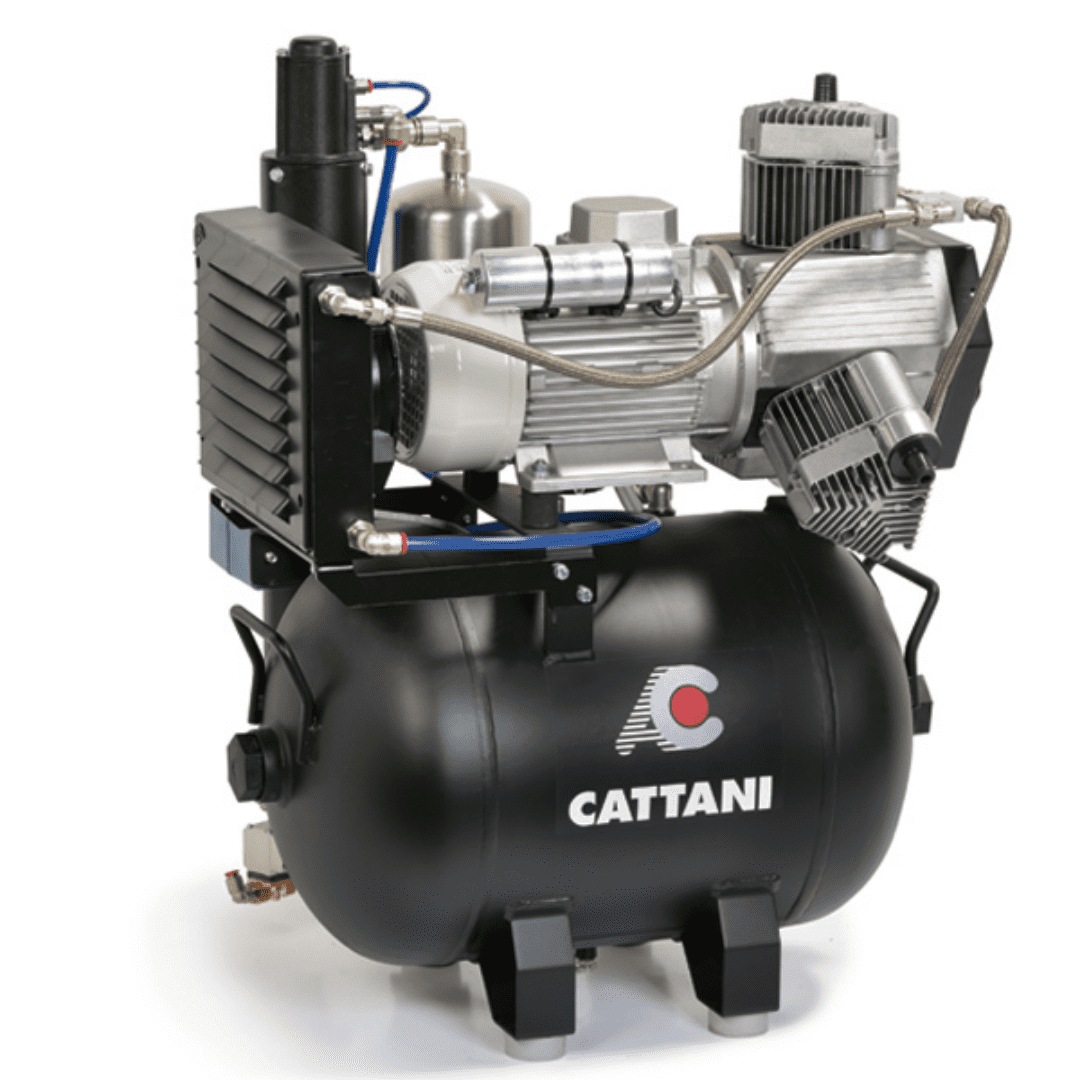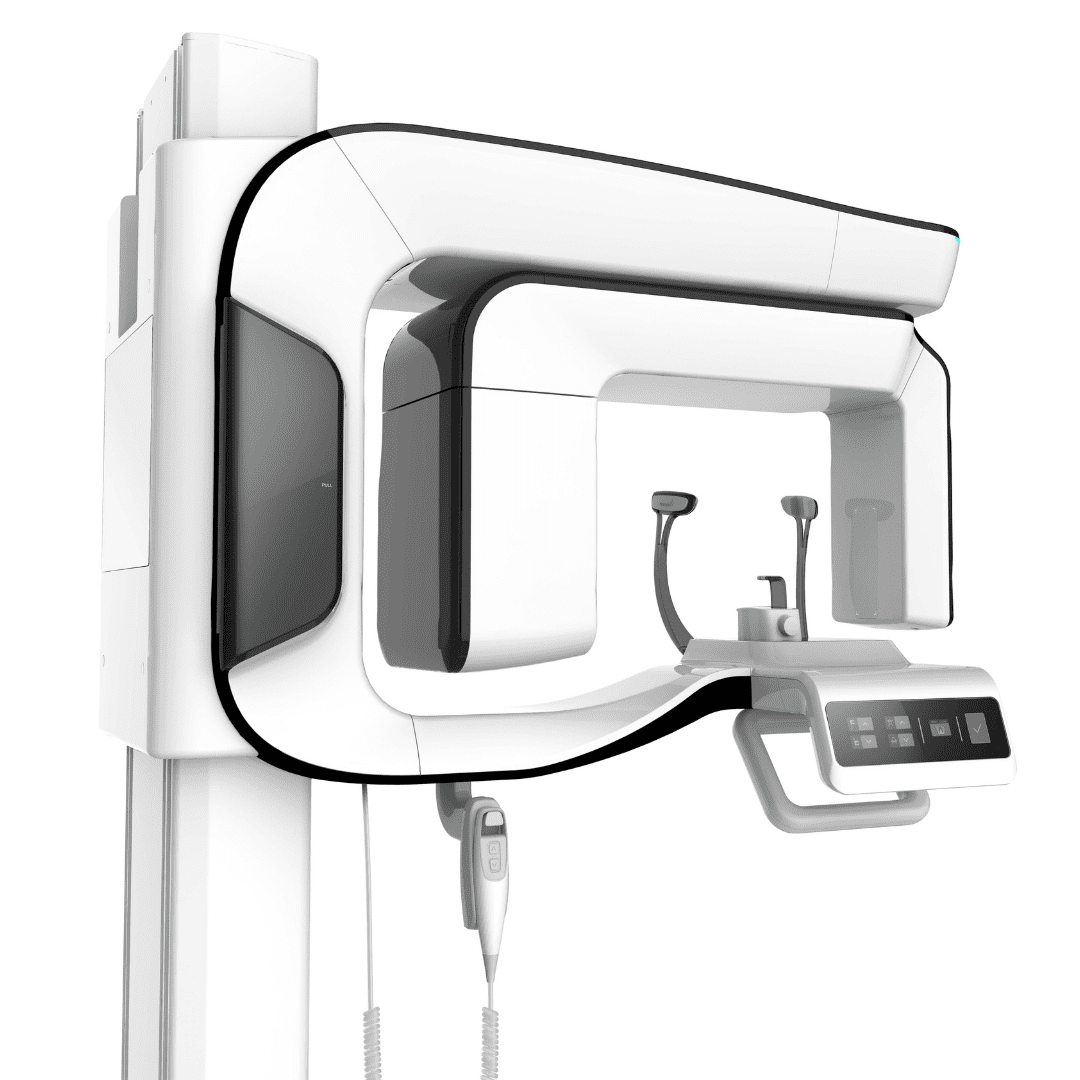How to Prepare Your Practice for Successful Dental Equipment Installation
Ensuring a smooth and efficient dental equipment installation is vital for practitioners to maintain seamless patient care and optimise their practice’s workflow. By preparing your clinic correctly and understanding the role of specialised dental engineers, you can ensure your new equipment will integrate perfectly with your existing workspace.
Planning Your Dental Equipment Installation
Before introducing modern dental equipment to your practice, careful planning is essential. Start by assessing your clinic’s layout, power supply, and plumbing. Equipment such as dental chairs, X-ray units, and autoclaves often have specific spatial and technical requirements.
Consulting with an experienced dental engineer at this stage could save time and prevent costly errors. These specialists can help evaluate:
- Power requirements: You need to ensure your electrical system can support the new equipment.
- Adequate water supply and drainage: These are essential for devices like washer sterilisers and autoclaves.
- Ergonomic positioning: The right layout will improve practitioner comfort and patient experience.
Choosing the Right Equipment for Your Practice
Selecting suitable equipment ensures your investment will support long-term growth. Modern dental practices benefit from a range of innovative tools designed to improve diagnostics, treatment efficiency, and hygiene.
Key equipment to consider includes:
- Digital intraoral scanners: Enable faster impressions and improved accuracy.
- Dental chairs with integrated delivery systems: Provide improved workflow and enhanced patient comfort.
- X-ray machines: Ones with advanced imaging capabilities provide more precise diagnostics.
When choosing your equipment, consider space requirements, installation needs, and compatibility with your existing systems.
Preparing Your Practice for Delivery and Installation
To ensure a smooth dental equipment installation, take the following steps:
- Ensure adequate space: Clear the designated area to ensure sufficient room for installation.
- Perform utility checks: Make sure electrical outlets, water connections, and ventilation systems will meet the new equipment’s specifications.
- Brief personnel: Ensure staff are familiar with the installation timeline and how to manage patients during the process.
- Plan for training: New technology often requires training for your team. Be sure to allocate time for this important post-installation step.
When to Call in a Specialist Dental Engineer
When installing complex equipment like dental chairs, imaging systems, or CAD/CAM units, expert help can be crucial. Retaining an expert will ensure:
- Accurate positioning of units for optimal workflow.
- Secure connections to power and water supplies.
- Calibration and testing to optimise performance.
Dental engineers can also advise on integrating your new equipment with any existing digital systems, reducing downtime and ensuring compliance with UK dental equipment standards.
Ongoing Maintenance and Support
Successful dental equipment installation doesn’t end once the devices are in place. Establishing a maintenance schedule is crucial to preserving your equipment’s performance. Regular servicing, calibration checks, and software updates will extend the lifespan of your investment and ensure consistent patient care.
Partnering with a trusted provider for ongoing support is essential for addressing issues promptly and preventing disruptions to your clinic’s operations.
Planning ahead, working with experienced dental engineers, and ensuring your team is prepared, are essential for your dental equipment installation to proceed smoothly and enhance your practice’s efficiency. Why not consult the UK’s industry leaders about creating a hi-tech, future-ready practice for you?









